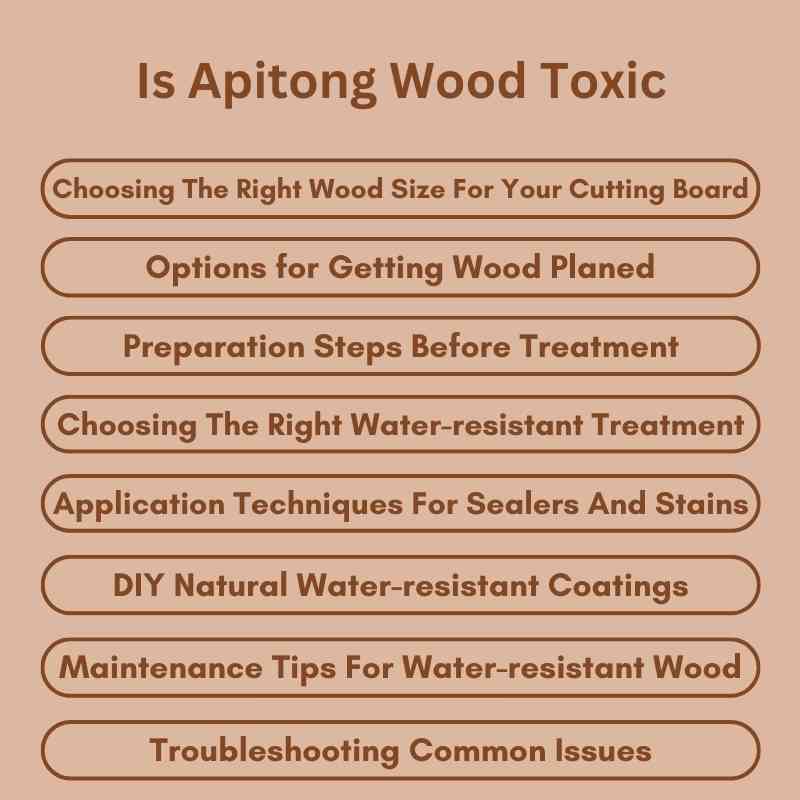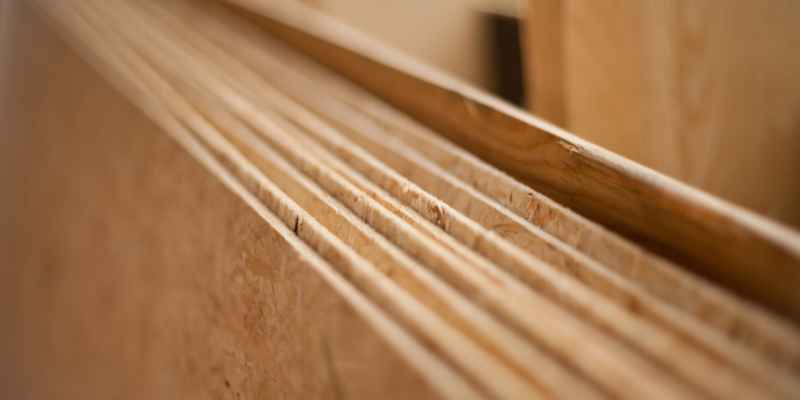Yes, plywood can expand due to moisture and temperature changes. This expansion can lead to warping or buckling if not properly managed.
Plywood is a versatile material widely used in construction and furniture making. Its layered structure offers strength and durability, making it a popular choice for many applications. However, plywood is not immune to environmental factors. Changes in humidity and temperature can cause the wood fibers to swell or contract.
This can impact the integrity and appearance of projects made from plywood. Understanding how plywood reacts to moisture is essential for anyone working with this material. Proper sealing and acclimation can help minimize expansion and ensure longevity. Whether you’re building a cabinet or flooring, knowing how to manage plywood’s behavior is crucial for successful results.
Introduction To Plywood Expansion
Plywood is a popular building material. Many people think it expands and contracts with weather changes. The truth is that plywood can change size, but not significantly. It can swell when wet and shrink when dry. This is due to the wood fibers absorbing moisture.
Some believe plywood expands like solid wood. This is a common misunderstanding. Plywood is made of thin layers glued together. These layers reduce the effects of moisture. Therefore, plywood is more stable than solid wood.
Proper storage and handling can prevent excessive expansion. Keeping plywood in a dry place is important. Sealants can also help protect it from moisture. Understanding these facts can lead to better use and maintenance of plywood.
Plywood Composition And Properties
Plywood consists of multiple layers of wood veneer. These layers are glued together. The adhesives used can affect how plywood behaves. Common adhesives include urea-formaldehyde and phenol-formaldehyde.
The layers provide strength and stability. Each layer is placed in a cross-grain pattern. This design helps reduce expansion and contraction. Physical characteristics like thickness and grain direction also play a role.
| Property | Description |
|---|---|
| Thickness | Varies from 1/8 inch to 1 inch. |
| Density | Typically ranges from 30 to 50 lbs per cubic foot. |
| Moisture Resistance | Depends on adhesive type used. |

Expansion And Contraction Basics
Plywood is made from layers of wood glued together. It can expand and contract based on environmental changes.
Wood behaves differently in various conditions. It reacts to changes in temperature and humidity. Higher humidity can cause wood to swell. Low humidity may lead to shrinking.
This behavior is due to the natural properties of wood fibers. They absorb moisture from the air. As moisture levels change, the wood’s size changes too.
| Condition | Effect on Plywood |
|---|---|
| High Humidity | Causes expansion |
| Low Humidity | Leads to contraction |
| High Temperature | May cause slight expansion |
| Low Temperature | Usually causes minimal change |
Myths Surrounding Plywood Expansion
Plywood can change size based on moisture. Humidity affects its dimensions. Plywood absorbs and releases moisture, causing expansion or contraction.
Many believe that plywood does not change size at all. This is not entirely true. All plywood does expand and contract, but the amount varies.
Different types of plywood react differently. Marine-grade plywood may resist moisture better than standard plywood. Understanding these differences is key for builders.
It is a common myth that all plywood expands equally. In reality, the grade and type of plywood make a big difference. Always choose the right type for your project.
Facts About Plywood Expansion
Plywood can expand due to changes in humidity and temperature. High humidity can cause the wood fibers to swell. This leads to an increase in size. On the other hand, low humidity may cause plywood to shrink.
Different types of plywood react differently. Marine plywood is more stable than regular plywood. Exterior plywood is designed to resist moisture better than interior types. Each type has specific uses based on its expansion properties.
| Condition | Effect on Plywood |
|---|---|
| High Humidity | Increased expansion |
| Low Humidity | Possible shrinkage |
| Temperature Changes | Can cause warping |
Plywood is less prone to expansion than solid wood. Solid wood can twist or warp more easily. This makes plywood a more stable option for many projects.
Measuring Plywood Expansion
Measuring plywood expansion is important for various projects. Use the right tools to get accurate results. Common tools include calipers, rulers, and tape measures. These tools help track size changes in plywood.
To measure, start by recording the initial dimensions. Leave the plywood in a controlled environment for a few days. Afterward, measure it again. Compare the new dimensions with the initial ones.
Interpreting the results can be straightforward. Look for any increase in size. This indicates the plywood has expanded. Note down any significant changes in measurements. This will help in future projects.
Mitigating Plywood Expansion In Projects
Proper design considerations are vital for managing plywood expansion. Use moisture-resistant materials in areas with high humidity. Choose thicker plywood for better stability and strength. Ensure proper spacing between sheets for expansion. Avoid tight joints that restrict movement.
Maintaining an appropriate environment is crucial. Keep indoor humidity levels between 30% and 50%. Use dehumidifiers in damp areas to control moisture. Regularly check for leaks or water damage. Proper ventilation can help reduce excess humidity.
Expert Opinions And Studies
Plywood can expand and contract due to changes in humidity and temperature. This is important for its performance and durability. Industry experts suggest that proper moisture control is key.
Studies show that plywood can expand up to 1% in width. This expansion can lead to issues in construction. Designers must account for this when creating furniture or structures.
| Condition | Expansion Rate |
|---|---|
| High Humidity | Up to 1% |
| Low Humidity | Minimal Expansion |
| Temperature Increase | Possible Expansion |
Conclusion And Best Practices
Plywood can expand and contract due to changes in humidity and temperature. Proper care helps reduce these effects. Always store plywood in a dry and temperature-controlled area.
Key points include:
- Moisture affects plywood size.
- Use a sealant to protect against water.
- Allow space for expansion in projects.
Recommendations for plywood use:
- Choose marine-grade plywood for wet areas.
- Use exterior-grade plywood outdoors.
- Consider thicker plywood for strength.

Frequently Asked Questions
Does Plywood Expand With Temperature Changes?
Yes, plywood can expand and contract due to temperature changes. As temperatures rise, the wood fibers absorb moisture, leading to expansion. Conversely, in cooler temperatures, plywood can lose moisture and shrink. This behavior is typical for most wood products, affecting their dimensions and stability.
How Much Does Plywood Expand When Wet?
Plywood can expand significantly when exposed to moisture. The amount of expansion depends on the plywood type and the level of humidity. Generally, you can expect around 1% to 3% increase in dimensions. This expansion can lead to warping if not properly managed during installation.
Is Plywood Stable In Humid Conditions?
Plywood is not entirely stable in humid conditions. Increased humidity can cause plywood to swell, affecting its structural integrity. Using marine-grade or moisture-resistant plywood can improve stability. Proper sealing and finishing can also help minimize the effects of humidity on plywood.
Can Plywood Shrink After Drying?
Yes, plywood can shrink after drying. When plywood loses moisture, it contracts, which can affect its fit and appearance. This is especially noticeable in high-humidity environments. Proper acclimatization before use can help mitigate these issues and improve overall performance.
Conclusion
Plywood does expand with changes in humidity and temperature. Understanding this behavior is crucial for proper installation and maintenance. By selecting the right type of plywood and allowing for expansion, you can avoid potential issues. Make informed decisions to ensure your projects stand the test of time and maintain their integrity.

